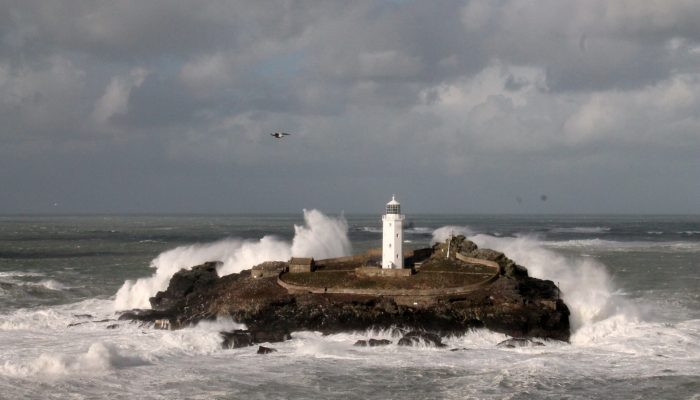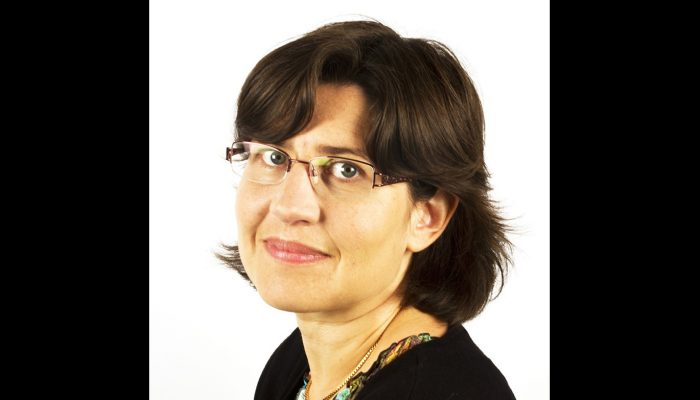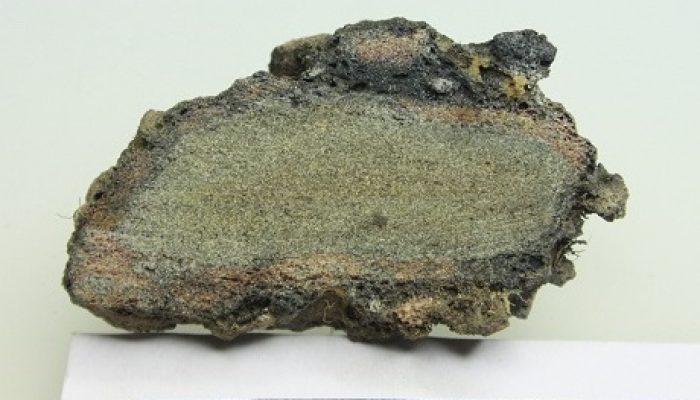It’s been a month and a half since the EGU General Assembly 2016 in Vienna. The conference this year was a great success with 863 oral, 10,320 poster, and 947 PICO presentations. A further 619 unique scientific sessions were complimented by an impressive 321 side events, creating an interesting and diverse programme.The conference brought together 13,650 scientists from 109 countries, 25% were stu ...[Read More]
GeoLog
Imaggeo on Mondays: The British Winter Storms
This week’s imaggeo on Monday’s photography is Godrevy Lighthouse in North Cornwall (UK) experiencing the full force of the 2013/14 British Winter Storms which caused damage across the south west of the country. During mid-December 2013 to mid-February 2014 the UK was hit by six major storms bringing record precipitation, strong winds, huge waves and generating overall hazardous conditions. Despit ...[Read More]
GeoLog
Testing triggers of catastrophic climate change
The research presented during the EGU’s 2016 General Assembly have wide-reaching implications for how we understand planet Earth. In today’s post, Sara Mynott, an EGU press assistant during the conference, writes about findings presented at the meeting which highlight the importance of the biosphere when it comes to understanding the threat posed to our planet by environmental challenges. With the ...[Read More]
Cryospheric Sciences
Image of the Week – Mushrooms at zero degrees = hair ice?!
When you go down to the woods today you’re in for a big surprise….. hair ice! Did you know that there is a type of ice called hair ice? It is shaped like fine, silky hairs and looks like white candy floss. It grows on the rotten branches of broad-leaf trees during humid winter nights when the air temperature drops slightly below 0°C. A 100-year-old theory states that hair ice a ...[Read More]
Seismology
Boost the PICO sessions @ EGU GA
EGU’s Pico’s (Presenting Interactive COntent®) are awesome and a lot of fun!! But at this year’s EGU General Assembly there was no Seismology PICO lead session. How sad was this? Why would this be? Can we do anything to change this? But wait, how much do you actually know on presenting or preparing a PICO…? Right, just what we thought… Perhaps not that much. There are many benefi ...[Read More]
Biogeosciences
Coffee break biogeosciences–Urban bees found to feed on flowers
Honey bees, a highly important pollinator, have suffered a number of declines and population collapses in recent years. The growth of urban centers has contributed to a loss of foraging habitat and an introduction of new food sources. A recent study conducted across the rural-urban boundary of Raleigh, North Carolina, USA examined the feeding sources of urban and rural honey bees using δ13C measur ...[Read More]
GeoLog
GeoPolicy: What’s next for the IPCC & how can early career scientists get involved? An interview with Valérie Masson-Delmotte
This month’s GeoPolicy post is an interview with the newly-appointed co-chair of the Intergovernmental Panel on Climate Change (IPCC) Working Group 1 (WG1): Valérie Masson-Delmotte. Valérie is also a Principle Investigator at the Laboratoire des Sciences du Climat et de l’Environnement, Paris. In this interview she discusses how she balances her two roles, what the IPCC has planned over the ...[Read More]
GeoLog
Imaggeo on Mondays: Storm on the Rock
This is a photograph of Uluru, in the Northern Territory of Australia, on a hot and humid summer afternoon. As lightning flashed about, torrential rains swept across the landscape and silver rivulets of water began to rush down the sides of the mountain. Uluru is made of red-coloured Proterozoic arkosic sandstones, a coarse grained lithology rich in quartz and feldspars. However, on rare days such ...[Read More]
GeoLog
Great walls of fire – Vitrification and thermal engineering in the British Iron Age
It’s long been recognised the peoples of European prehistory occasionally, and quite deliberately, melted the rocks from which their hilltop enclosures were made. But why did they do it? In today’s blog post Fabian Wadsworth and Rebecca Hearne explore this question. Burning questions Throughout the European Bronze and Iron Ages (spanning 2600 years from 3200 BC to 600 BC), people constructed stone ...[Read More]
GeoLog
Imaggeo on Mondays: Moving images – Photo Contest 2016
Since 2010, the European Geosciences Union (EGU) has been holding an annual photo competition and exhibit in association with its General Assembly and with Imaggeo – the EGU’s open access image repository. In addition to the still photographs, imaggeo also accepts moving images – short videos – which are also a part of the annual photo contest. However, 20 or more images have to be submitted ...[Read More]









